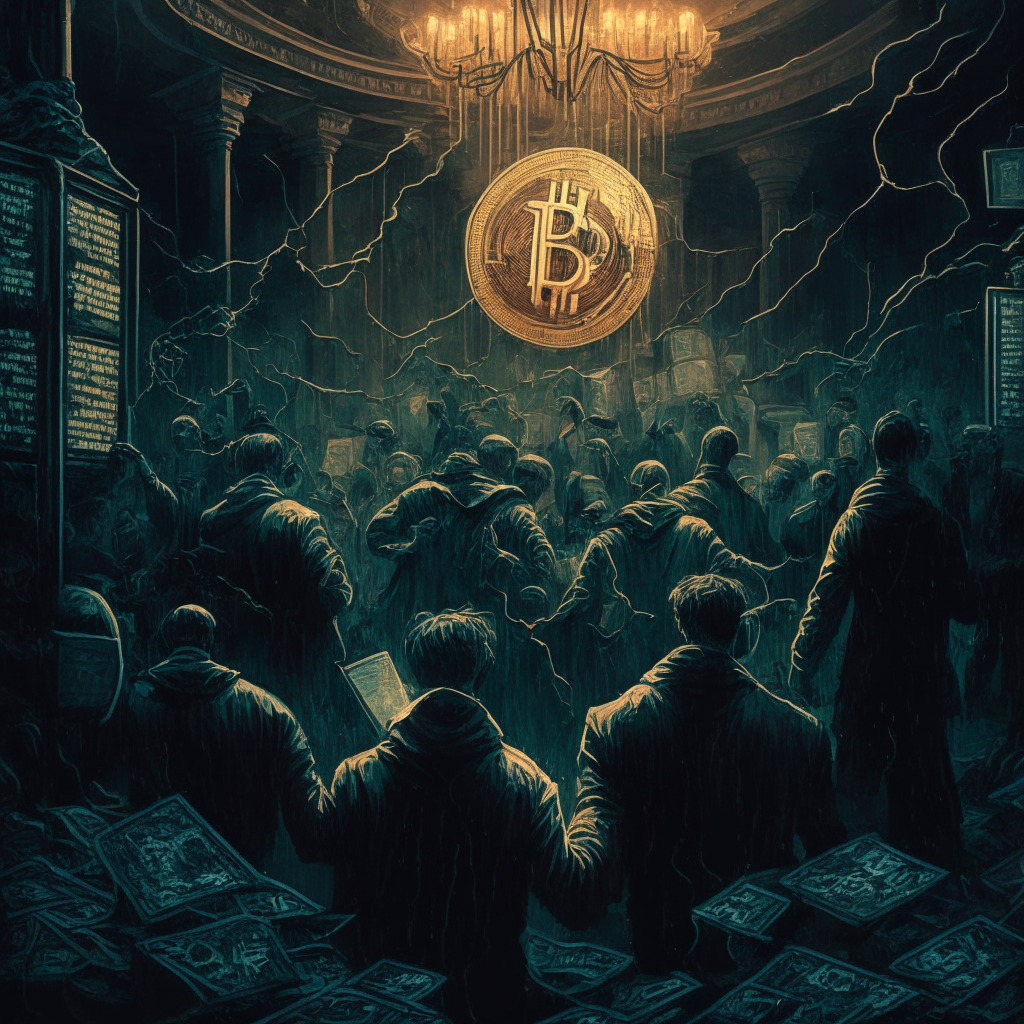The crypto industry emerged amidst a paradigm of disruptive technology that was set free of governmental boundaries. But with the National Bank of Ukraine (NBU) making recent movements towards exerting control over local crypto firms, are we facing an age encased in regulatory chains?
The NBU’s demand that local crypto firms, including Kuna, CoinPay, Geo Pay, and Qmall, provide financials and a spate of other related documents, has raised alarm among industry insiders. The bank’s requirement extends to trading information, such as operational volumes and the migration of all crypto assets. This directive is perplexing to industry stalwarts like Michael Chobanyan, CEO of Kuna, who lamented the NBU’s “predatory actions” that have even led to the exchange’s exit from its B2C model in Ukraine.
However, what does this newfound onus on financial transparency in reality exemplify? Perhaps it could be viewed as appropriate measures for protecting less informed investors from potential fraudulent activities in a nascent industry. However, the counterpoint – the stifling effect many digital asset executives refer to as ‘crippling’ on a burgeoning industry, warranted thoughtful reflection.
Intriguingly, having to file extensive statements on all accounts by 2023 isn’t the entirety of the ordeal. Multiple crypto firms, including Kuna, have begun to experience a surge in unwelcome searches triggered by newfound cooperation between the NBU, Ministry of Internal Affairs, and the Security Service of Ukraine.
This harsh regulatory landscape seems to be throttling the progression of web3 firms in Ukraine. Kuna’s trading volumes have plummeted by 90% over a few months after it abandoned the business-to-consumer model. Another revealing statistic is the steep 60% dive in Kuna’s volume last year just after leaving Russia.
Yet, despite what might be seen as constrictive regulations, Ukrainian markets brim with untapped potential. Post-Russian invasion, Ukraine raked in cryptocurrency donations to the tune of $225 million, courtesy of a generous global crypto community rallying behind a blockchain firm Crystal Blockchain.
In spite of the looming challenges currently overshadowing the Ukrainian crypto scene, Kuna’s CEO remains positively motivated. Chobanyan has set his gaze firmly on expanding into Europe and the B2B market, transforming his once ‘niche Ukrainian player’ into a successful European brand. His positive outlook raises the question – could this regulatory turbulence be a catalyst driving Ukrainian crypto stakeholders towards international horizons and potential success, or an ominous sign stifling local innovation?
Source: Cryptonews




